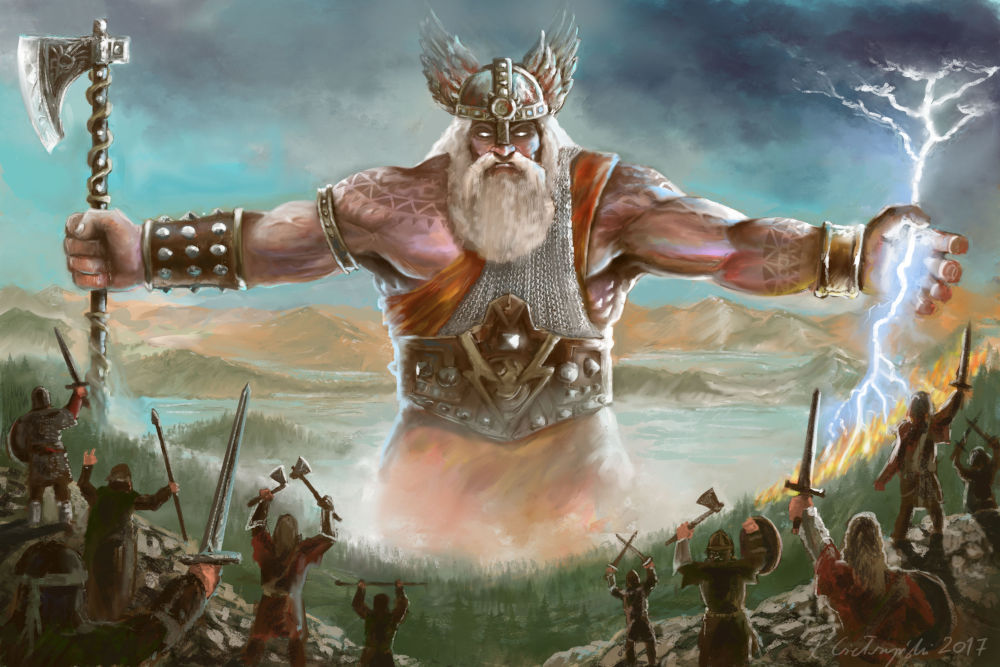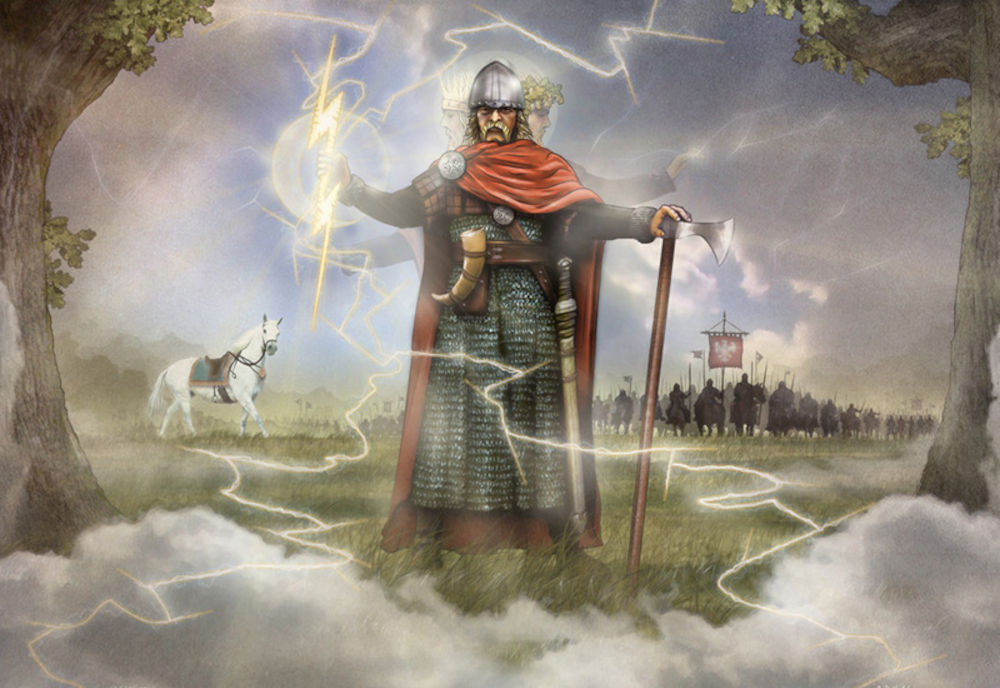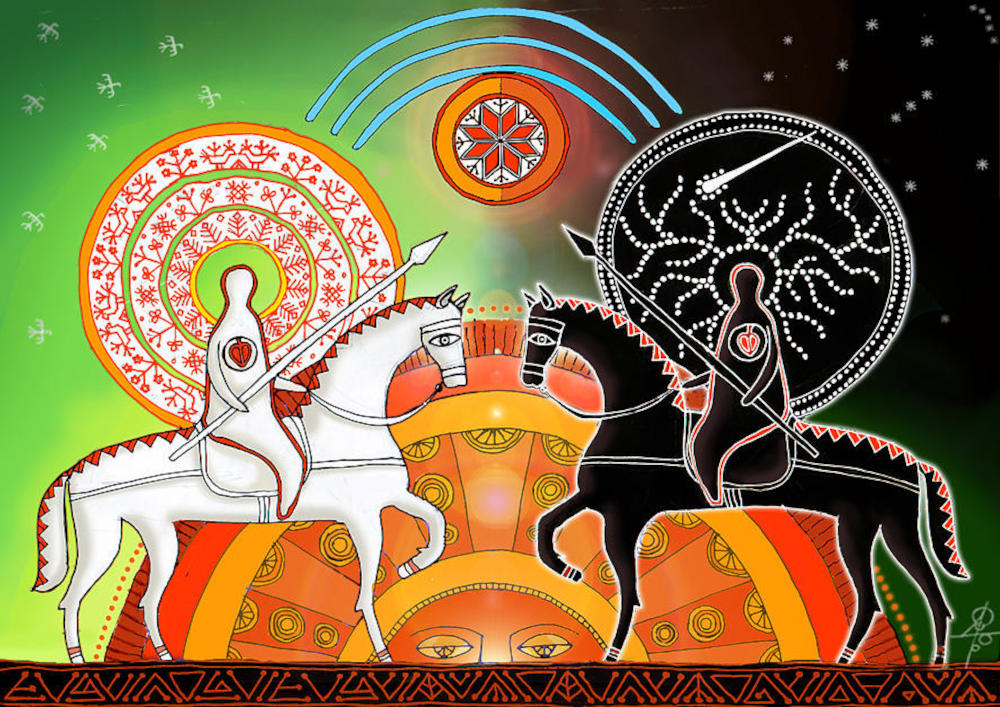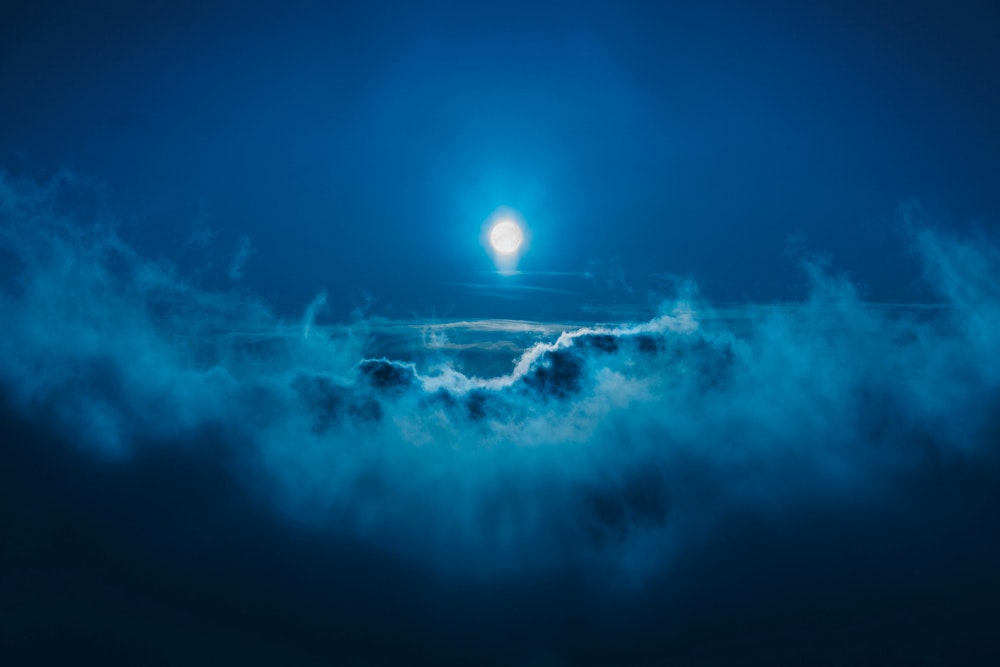Morana - Slavic goddess of winter, death and misfortune in love
- Home
- Croatian Culture and History
- Morana - Slavic goddess of winter, death and misfortune in love
Morana - Slavic goddess of winter, death and misfortune in love
- access_time17 April 2021
- account_circleCroatian Culture and History
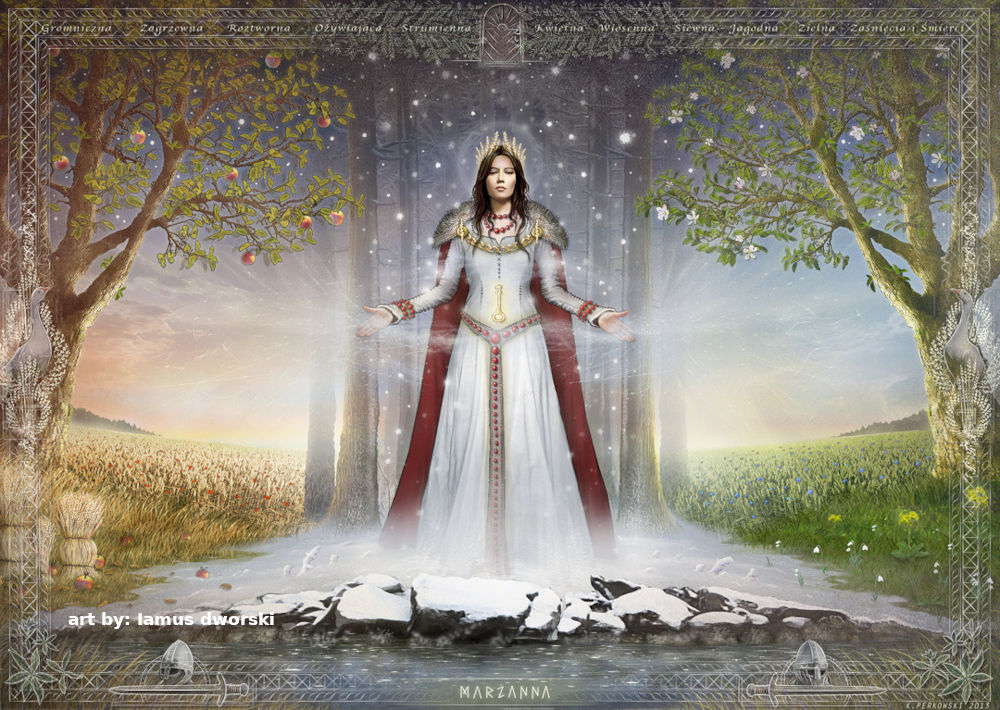
In Slavic mythology, the name Morana is related to the pre-Indian word “mara” which means to die by force. As the goddess of winter, Morana was never popular among the Old Slavs, which is understandable considering the long and dark winters they used to experience. The arrival of Morana was always expected with fear and her departure or the arrival of spring was celebrated with a lot of noise and cheer. To chase away winter, death and disease our ancestors would perform an annual ritual of burning a doll representing this goddess or throwing it into the water. There was another ritual related to Morana performed in the month of March when a masked group of people used to gather in order to scare and drive her away. In Dalmatia and Slovenia, this custom is preserved until the present day in the form of a masquerade procession with a doll of Morana at the spearhead, which is burned in the presence of many people. Morana's doll was also used in rituals related to dying and resurrection in nature or in invoking rain.
Different faces of evil
Morana has the ability to take on a variety of shapes, the most notable of which is the standard shape of her as an enchantingly beautiful dark-haired girl of extremely white skin, with wolf fangs and claws.
A similar description was used for another creature of quite the same nature – Kuga, meaning the plague. The legend of the plague in this area was so real that she was offered cheese and bacon in despair while she continued to ruthlessly devastate. Kuga was incarnated as a skinny old woman dressed in black who travels the world and kills people with disease, handing them over to death. She knows nothing about sympathy and is described as powerless in the face of this difficult task of killing people but only does the job that the higher powers sent her to. Some constant features of plague in all Croatian traditions are her thin, dry appearance and goat's feet.
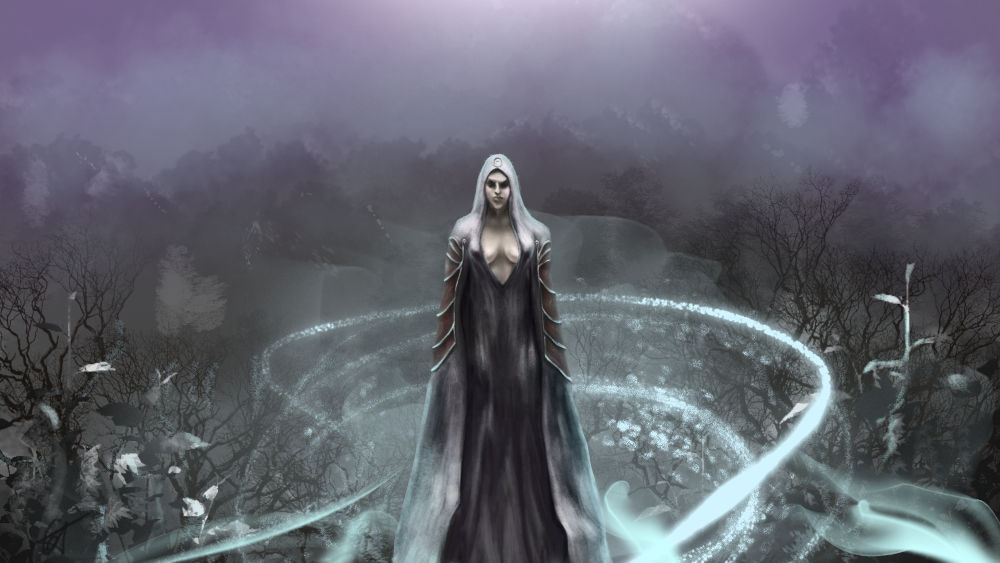
Art (image) by: Levistrato on DeviantArt
Kuga was probably just one of the manifestations of Morana while another one was Mora – a female demon that attacked people by night and sat on their chest causing nightmares. This activity of hers was accompanied by the sayings: “Noćna mora” (= nightmare), “Pritisla me mora” (= I was pressed by the burden), etc. These terms were transferred to other human misfortunes in several other sayings like “Mori me žeđ” (= I'm thirsty), “Mori me ljubav” (= I'm tired of love), “Smori me teret” (= I'm tired of the burden) and so on, so the memory of the goddess Morana or Mora is still preserved in our dictionary.
Witches were also associated with Morana, like many other demonic beings. Moreover, countless legends portray Morana as an evil, selfish, vindictive and ugly old woman called Baba Jaga lurking in the woods for children, whom she likes to steal and eat.
What made Morana such a feared diety
The strangely beautiful Morana was a goddess who was abducted and poisoned by Črt, a Black God’s double, with a potion made of magical pomegranate, and thus made her his companion, an evil bearer of trouble and love misery. She was known for her beauty not many girls could measure up to, but also for the insatiable lust and her kiss made the girls frantic and unrestrainedly lascivious.
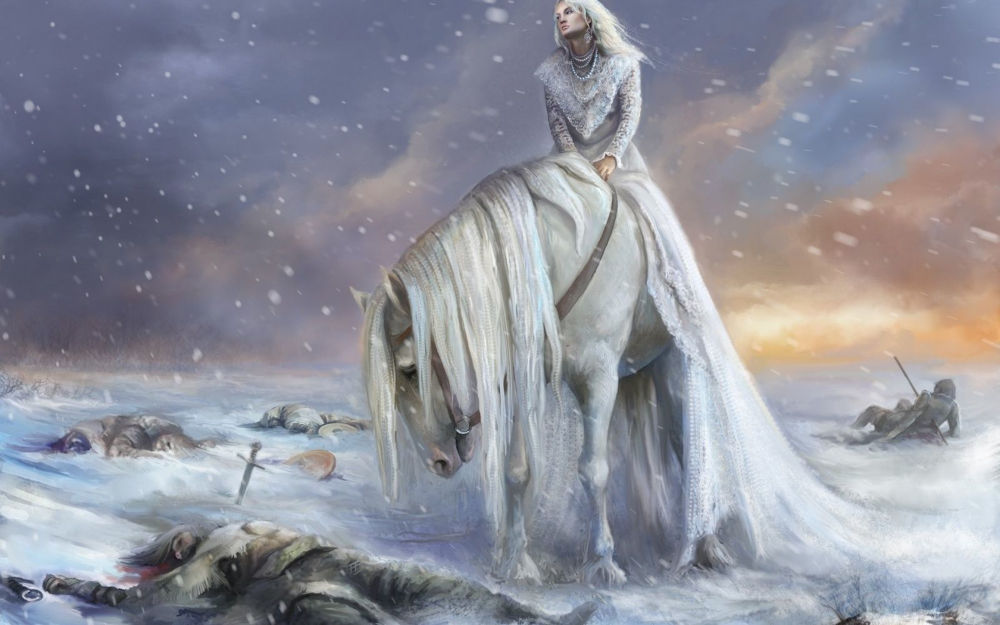
Jealous of Črt's undisguised desire for Zora, god Svantevid's lovely bride, Morana left him and teamed up with the cruel ice giant Leđan, attracted by his size, strength and powers equal to the divine. Wherever the power of Leđan and Morana spread, everything was desolated, ice cold, dead and rigid. Hence, the name “morena” refers to terrible avalanches and glaciers. Morana, pretentious and unfaithful as she was, left Leđan after his first defeat by the gods, telling him that she did not like losers and returned to the kingdom of the powerful rulers of Črt and Crnobog, the Black God.
Regardless of all these negative aspects of Morana, we cannot claim that she was an entirely negative goddess. No pagan system has a deity with such characteristics, since the unrealistic division between the absolute good and absolute evil came only with Christianity. Morana serves as an example of how our ancestors worshipped even those deities that brought them no good, but rather made them frightened and petrified. While she is feared, she has a human element of desiring revenge after having her own heart broken.


